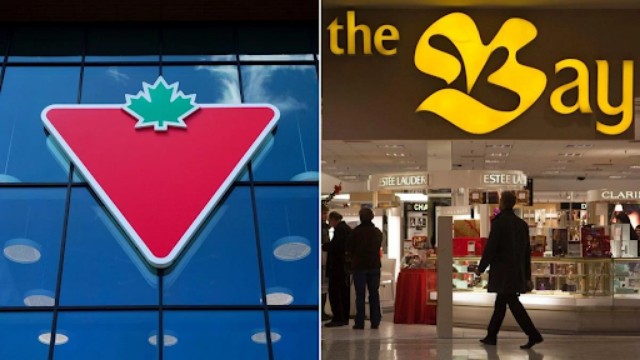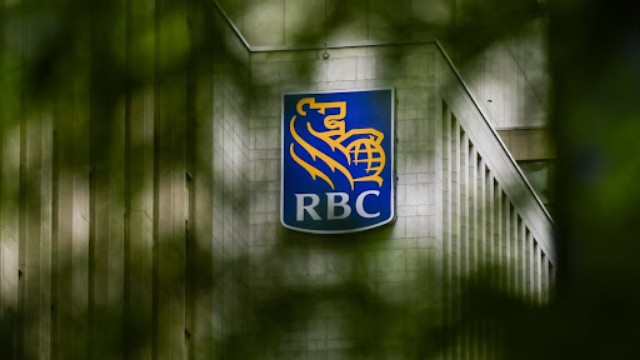
Vicky Eatrides (right), chairperson and CEO of the Canadian Radio-television and Telecommunications Commission, and Scott Hutton, chief of consumer, research and communications at the CRTC, wait to appear before a standing committee in Ottawa on Thursday, Oct. 5, 2023.
Canada's traditional broadcasters and telecom companies are feeling the pressure as streaming services dominate the market. Industry leaders are now urging the Canadian Radio-television and Telecommunications Commission (CRTC) to ease regulations, arguing that existing rules are outdated and place them at a disadvantage.
The CRTC is currently reviewing how Canada’s broadcasting system can adapt to the shift from traditional cable TV to online streaming platforms. This effort is part of implementing the Online Streaming Act, which modernizes broadcasting laws to include digital platforms.
CRTC's Market Consultation
In January, the CRTC launched a consultation to analyze changing market dynamics. With more Canadians moving away from cable TV, traditional broadcasters must comply with regulations that global streaming giants like Netflix, Amazon, and Disney+ do not face.
Companies had until Monday to submit their proposals, and a consultation hearing is scheduled for May in Gatineau, Quebec.
Rogers: Current Regulations Are a Burden
Rogers, a major player in Canada's telecom industry, argues that existing CRTC rules hinder competition. The company believes regulations designed for traditional broadcasting are ineffective in today's digital world.
"These tools, which are not necessary to achieve the Act’s policy goals, now limit innovation, investment, and risk-taking in Canada’s broadcasting system," Rogers stated in its submission.
Rogers pointed to outdated rules such as the mandatory distribution of certain TV channels and requirements for how TV providers bundle their cable offerings. The company also criticized the regulation that forces providers to offer a $25 basic cable package.
Bell Pushes for Deregulation and Fair Competition
Bell, another telecom giant, echoed similar concerns. It urged the CRTC to consider deregulating the traditional broadcasting system to level the playing field.
"To the extent that traditional broadcasters continue to carry an asymmetrical regulatory burden, they should be given offsetting advantages," Bell stated.
Bell, which owns the Crave streaming service, also called for new regulations on foreign streaming platforms. The company wants policies that promote Canadian and Indigenous content on both traditional TV and streaming services.
Streaming Giants Reject More Regulation
While Canadian broadcasters push for relief, global streaming companies are resisting increased regulation.
Paramount urged the CRTC not to apply old broadcasting rules to online services, arguing that the industry has changed significantly. Apple also opposed using traditional regulatory tools for streaming platforms, stating that these policies were originally designed for vertically integrated cable systems.
Netflix, in its submission, warned against overregulation. It argued that the CRTC lacks jurisdiction over commercial agreements between content owners and streaming services.
"The Commission must tread lightly and avoid overreaching into the economic relationships between online platforms and broadcasters," Netflix stated.
The Future of Canadian Broadcasting
As the media landscape evolves, the CRTC faces the challenge of balancing competition, Canadian content promotion, and fair regulations. The upcoming May consultation will be a crucial step in determining how Canada’s broadcasting system adapts to the streaming era.















